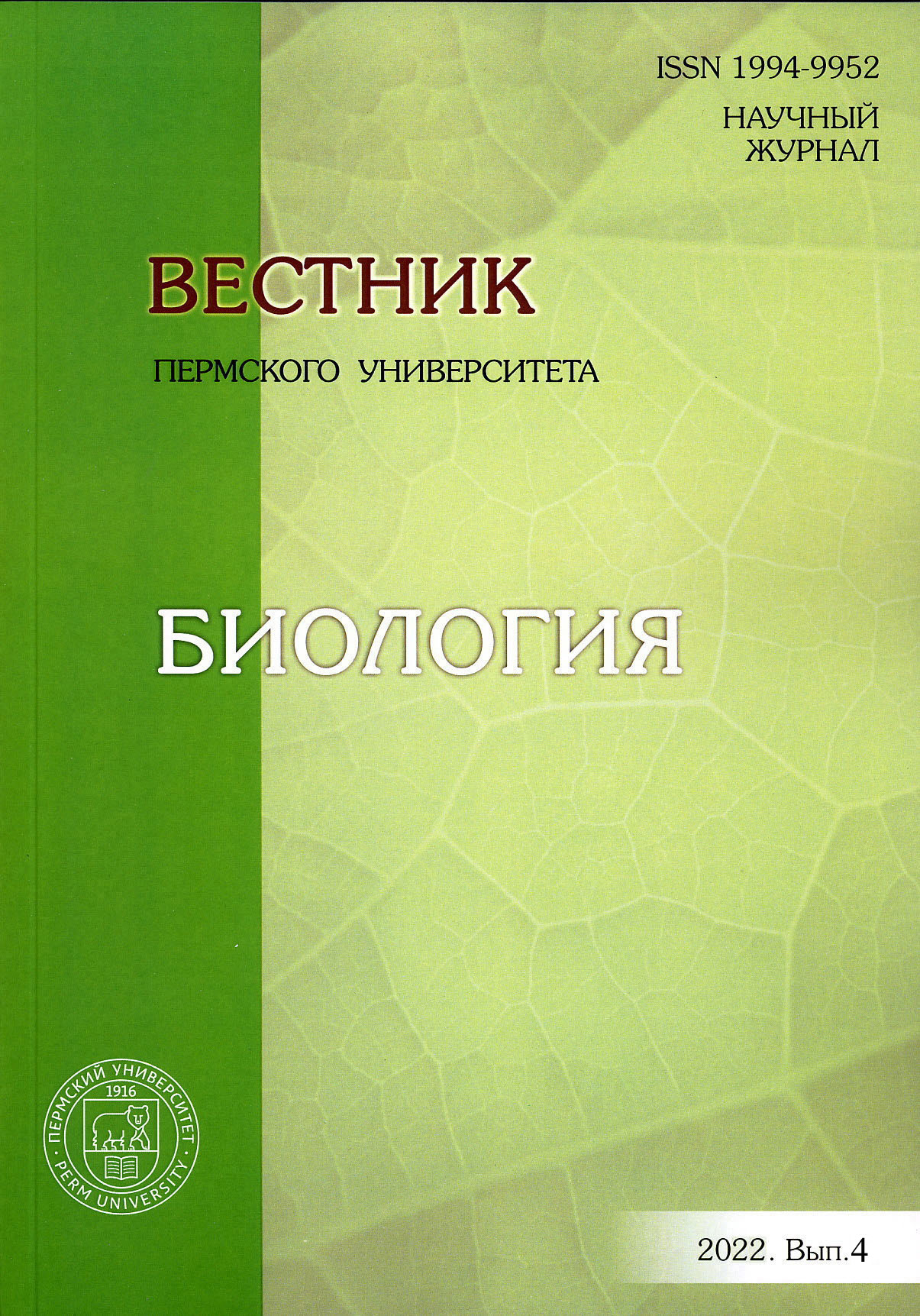Application of the method of pharmacoencephalography for the assessment of neuroprotective drug activity
Main Article Content
Abstract
Article Details
References
Volokhova G.A., Stoyanov A.N. [Solcoseryl influence on brain trauma induced electrographic changes and behaviour in rats]. Meždunarodnyj nevrologičeskij žurnal. No 2 (2008): pp. 51-57. (In Russ.)
Gantsgorn E.V., Maklyakov Yu.S., Chloponin D.P. [Quantitative pharmaco-EEG analysis of the activity of nootropics and their combinations with melaxen in global cerebral ischemia in rats]. Biomedicina. No 3 (2015): pp. 87-94. (In Russ.)
Sysoev Yu.I., Kroshkina K.A., Okovityi S.V. [Characteristic of somatosensory evoked potentials in rats af-ter traumatic brain injury]. Rossijskij fiziologičeskij žurnal imeni I.M. Sečenova. V. 105, No 6 (2019a): pp. 749-760. (In Russ.). DOI: 10.1134/S0869813919060074.
Sysoev Yu.I. et al. [Neuroprotective activity of the alpha-2 adrenoreceptor agonist mafedine in a model of traumatic brain injury in rats]. Biomedicina. V. 15, No 1 (2019): pp. 62-77. (In Russ.). DOI: 10.33647/2074-5982-15-1-62-77.
Sysoev Yu.I. et al. [Changes in amplitude and spectral parameters of electrocorticograms in rats with traumatic brain injury]. Biomedicina. V. 15, No 4 (2019b): pp. 107-120. (In Russ.). DOI: 10.33647/2074-5982-15-4-107-120.
Sysoev Yu.I. et al. [Cross-correlation and coherence analysis of electrocorticograms of rats with traumatic brain injury]. Rossijskij fiziologičeskij žurnal imeni I.M. Sečenova. V. 106, No 3 (2020a): pp. 315-328. (In Russ.). DOI: 10.1007/s11055-020-01023-9.
Sysoev Yu.I. et al. [Changes in visual evoked potentials in rats with traumatic brain injury]. Biomedicina. V. 16, No 2 (2020b): pp. 68-77. (In Russ.). DOI: 10.33647/2074-5982-16-2-68-77.
Berger C. et al. Neuroprotection by pravastatin in acute ischemic stroke in rats. Brain Research Reviews. V. 58, No 1 (2008): pp. 48-56. DOI: 10.1016/j.brainresrev.2007.10.010.
Iino M. et al. Real-time PCR quantitation of FE65 a beta-amyloid precursor protein-binding protein after traumatic brain injury in rats. International Journal of Legal Medicine. V. 117, No 3 (2003): pp. 153-159. DOI: 10.1007/s00414-003-0370-y.
Li Y., Zhang J. Animal models of stroke. Animal Models and Experimental Medicine. V. 4, No 3 2021. P. 204–219. DOI: 10.1002/ame2.12179
Marklund N., Hillered L. Animal modeling of traumatic brain injury in preclinical drug development: where do we go from here? Brazilian Journal of Pharmacology. V. 164, No 4 (2011): pp. 1207-1229. DOI: 10.1111/j.1476-5381.2010.01163.x.
Schallert T. Behavioral tests for preclinical intervention assessment. NeuroRx. V. 3, No. 4 (2006): pp. 497-504. DOI: 10.1016/j.nurx.2006.08.001.
Sysoev Yu.I. et al. Effects of alpha-2 adrenergic agonist mafedine on brain electrical activity in rats after traumatic brain injury. Brain Sciences. V. 11, No 8 (2021): pp. 981. DOI: 10.3390/brainsci11080981.
